
A Marketer’s Guide to Decoding Social Media Algorithms in 2019
Social media algorithms play a very important role in the ability for marketers and business owners to make an impact online. And although algorithms are often difficult to understand, we need to learn to work with them and not against them if we want to find success.
Luckily for us, big social networking sites often share updates on exactly what their algorithm prioritizes.
For example, Facebook recently shared that meaningful conversations are one of the most influential factors on the platform. LinkedIn, on the other hand, is looking to status updates from professional users that share more openly.
We’re fortunate to have an inside look at the various algorithms that power the world’s biggest networks. Today we’re covering everything you need to know about decoding social media algorithms in 2019 and what brands can do to thrive.
Let’s dive in!
A marketer’s guide to decoding social media algorithms in 2019
What follows is a lightly-edited transcript of the Buffer Podcast episode for your reading pleasure.
Table of Contents
- Part I: Inside the Facebook algorithm
- Part II: Inside the Twitter algorithm
- Part III: Inside the LinkedIn algorithm
- Part IV: Inside the Instagram algorithm
Brian: Hi everyone! I’m Brian Peters and this is The Science of Social Media, a podcast by Buffer. Your weekly sandbox for social media stories, insights, experimentation, and learning.
Hailley: Welcome to episode #123, I’m Hailley Griffis and this week we are talking all about social media algorithms 2019. Now, I know these can seem quite mysterious, and they really are, but there are certain things we’ve been able to figure out when it comes to algorithms and in this episode we’ll be giving you everything you need to know in a guide to decoding them for Facebook, Twitter, Instagram, and LinkedIn.
Brian: I love a good mystery! Let’s kick it off.
As many of us have come to realize, social media algorithms play a very important role in how we as marketers and business owners are able to make an impact online.
Algorithms are often difficult to understand but they are always on and we need to learn to work with them and not against them if we want to find success.
Hailley: When you think of it, for many of us the way that we are discovering news and information is coming directly from these algorithms. When we use Google or any of the social sites like Facebook and Twitter, there’s an algorithm involved.
Brian: Luckily for us, big social networking sites do share updates on what their algorithm prioritizes.
Facebook has shared in the past that meaningful conversations are most powerful on the platform, and LinkedIn is looking to status updates from the professional users on the site that share more openly.
Hailley: The overall trend we’ve been seeing as we researched this episode is that social networks are prioritizing real connection between their users and that knowledge can truly help us make a big impact online.
For example, influencer marketing has been doing really well for this reason, as has user generated content because they are both types of content that connect people really well.
Brian: There’s a clear shift away from promotion and building purely a following on social media, to now creating community.
So today we’ll look at the things we know about the algorithms for four major social networks.
Part I: Inside the Facebook algorithm
Hailley: First up is the biggest social network on the block, Facebook.
Let’s start with what we know about the Facebook algorithm. We already mentioned that meaningful interactions are a priority for Facebook and successful Facebook pages. This means that they look for content that creates interactions between friends and family.
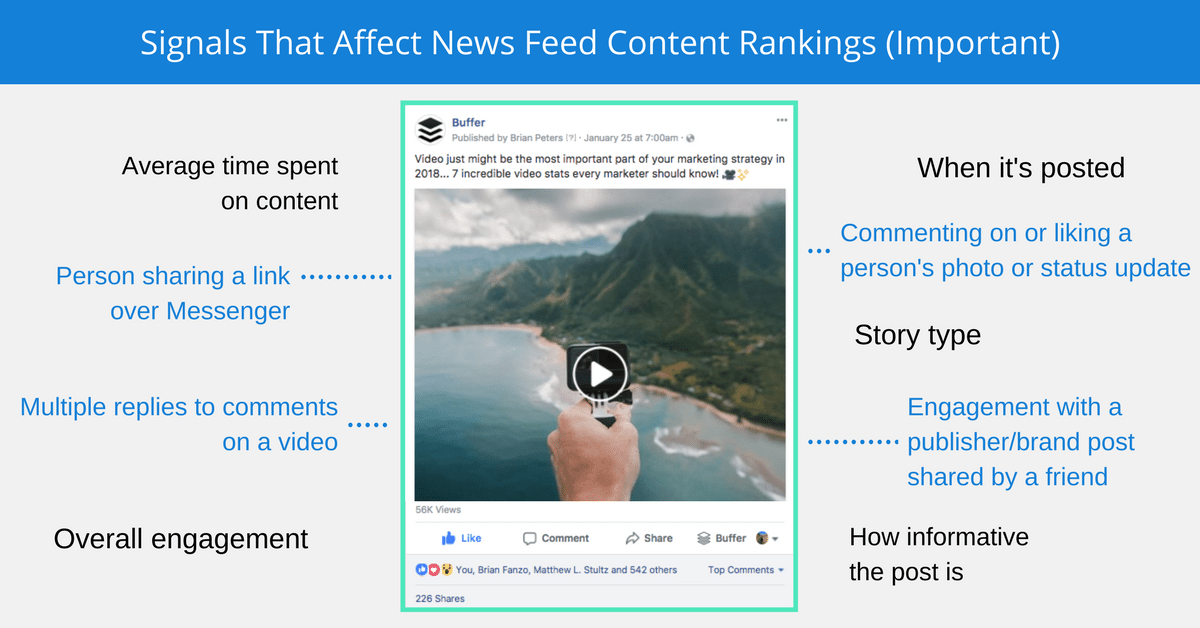
Those interactions can be things like, a person commenting or liking another person’s photo or status update, a person reacting to a post from a publisher (or brand) that a friend has shared, and multiple people replying to each other’s comments on a video they watched or an article they read in the news feed.
Brian: It also includes when someone shares a link over Messenger to start a conversation with a friend or group of friends, and that link ends up prioritized in the algorithm after that.
The overall theme for what we’ve mentioned so far is that Facebook wants content to create more conversations and if your content is doing that between friends and family on Facebook then it will do better in the algorithm.
What’s interesting is that the length of the comments on posts has weight as well, long form comments on a post help that post receive a higher weighting.
Hailley: While more engagement on your content means it will be ranked higher, the tricky thing is that if you ask people to like, comment or share your post, that makes the algorithm mark it down.
The other thing about your content is that Facebook prefers native content over content that will take a user to another site, which does make sense since they are trying to keep people on Facebook.
Brian: The other thing is that your credibility as a brand page affects your ranking so make sure that you keep posting consistently and have all of the information about your page filled out.
And finally, we’ve talked about this before but when you post to Facebook they show your post to a smaller group of users at first to see how it holds up for engagement before it shows it to a larger group.
Hailley: Phew! That’s a lot about the Facebook algorithm . Now, we’ll go through a few changes you can make to your Facebook marketing now that you know a bit more about the algorithm.
You might have figured this out, but your new priority is creating conversation on Facebook for the people you’re trying to reach, it’s not about you, it’s about creating a place for your audience to communicate.
Brian: Along the same lines, remember to be extra conscious with your content. Avoid asking people to like it and remember that Facebook prefers native content so use links back to your own site sparingly.
If you keep these things in mind, post consistently and keep your profile up to date, we have full confidence that you’ll be staying on the right side of Facebook’s algorithm.
Part II: Inside the Twitter algorithm
Hailley: Next up, the Twitter algorithm,! I love Twitter. And if you use it, you know that there are three different sections and they play a role in how your Tweets will be categorized on Twitter.
The sections are, ranked tweets which are recent and relevant, in case you missed it which is for older but relevant tweets, and then the remaining tweets which are in reverse chronological order.
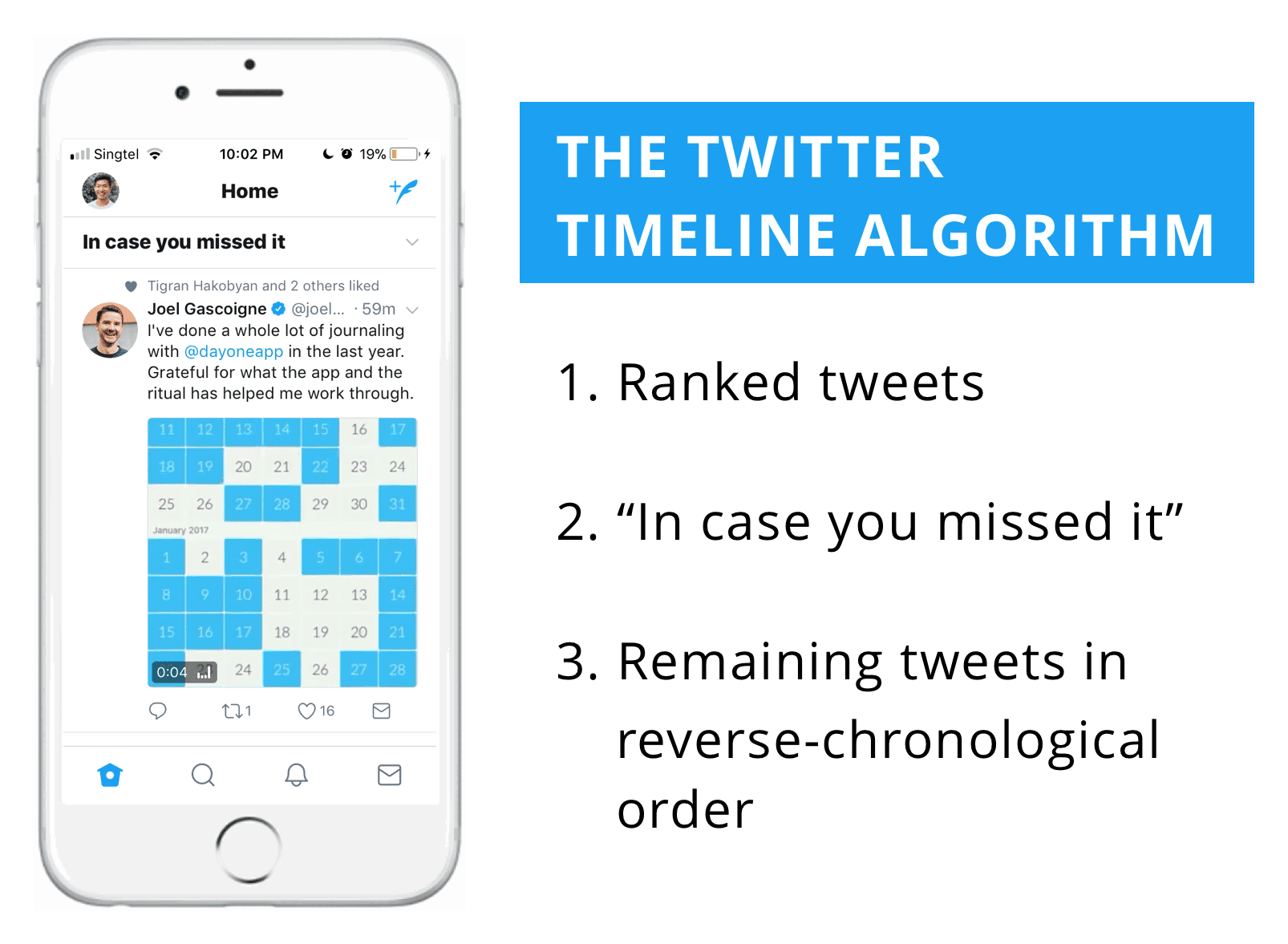
Brian: Now the tricky thing is that users can choose to remove the feature to have Twitter show them the best tweets first, which means their timeline is simply in reverse chronological order.
For this reason, one of the main things we know about Twitter’s algorithm is that timing is critical. If you time your tweet properly and it gets engagement soon after being shared then it is more likely to be seen by others.
Hailley: A few other things we know about the Twitter algorithm are quite similar to Facebook so I’ll go over these quickly since we just chatted about them. Your tweets will be served to a smaller group of users first to measure engagement.
Engagement is key, likes, replies, and retweets weigh heavily in the algorithm and so does native content. And the credibility of the person posting is of course, also a big factor here.
Brian: How a user engages on Twitter also impacts the algorithm. Users see more from the people they already engage with and if they spend time reading a tweet or on someone’s profile they will see it even if they don’t engage with it.
Now, this information gives us so many ideas for how we can be better marketers on Twitter. To start, timing is so important. You should be aiming to tweet when your audience is online and if you aren’t online at that time then it’s really easy to schedule a tweet for then.
Hailley: The next thing is to take advantage of the fact that users see more from people they engage with and engage with your own audience. Be a member of the community and interact with others and Twitter’s algorithm will start placing your tweets in other people’s timelines as long as they are following you.
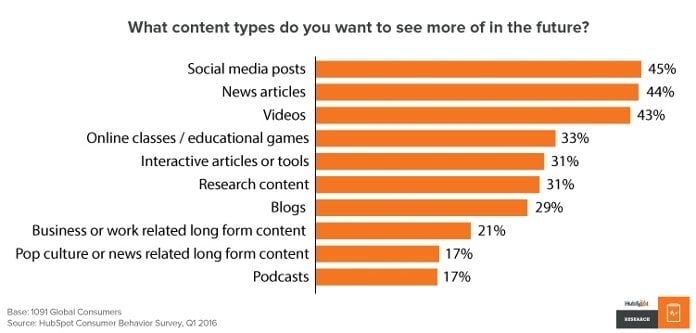
Brian: Just like on Facebook, make sure your profile is all filled out and up-to-date on Twitter to help with your credibility. Also avoid posting broken links and remember to be a human. Tweeting every minute will get you flagged as a bot in no time.
And finally, stay consistent. The algorithm recognizes people who are adding value and if you’re online, posting and engaging with your follows then your content is more likely to be prioritized.
Part III: Inside the LinkedIn algorithm
Hailley: Onto the LinkedIn algorithm! As a fun side note we also talked a lot about LinkedIn in episode 111 so go back and check that one out if you’re a big LinkedIn fan.
Brian: Like the other two algorithms, there are a few things here that are really similar. So I’m going to skim over those so we don’t sound repetitive and then we’ll focus on what’s different about LinkedIn’s algorithm.
Once again the algorithm prioritizes, native content, engagements in the form of likes, comments, and shares and your post is shown to fewer people first.
Hailley: What’s different about LinkedIn?
Well, if you’ve been poking around there recently you’ll have noticed that a lot of personal stories are doing really well on LinkedIn and that’s a part of the algorithm.
Part of that is that if a story or another type of post is doing really well within your own network, LinkedIn actually has a staff member look at it and then open it up to a wider audience. This is unique because it’s the only algorithm where there is a human involved in choosing which posts to show to more people.
Brian: We should find out who that person is and add them on LinkedIn.
The last thing about LinkedIn’s algorithm is that the key isn’t just getting your post seen by your own network, but by people in your 2nd and 3rd degree network. So now that we know all these things about LinkedIn, let’s talk about how to make this work for you.
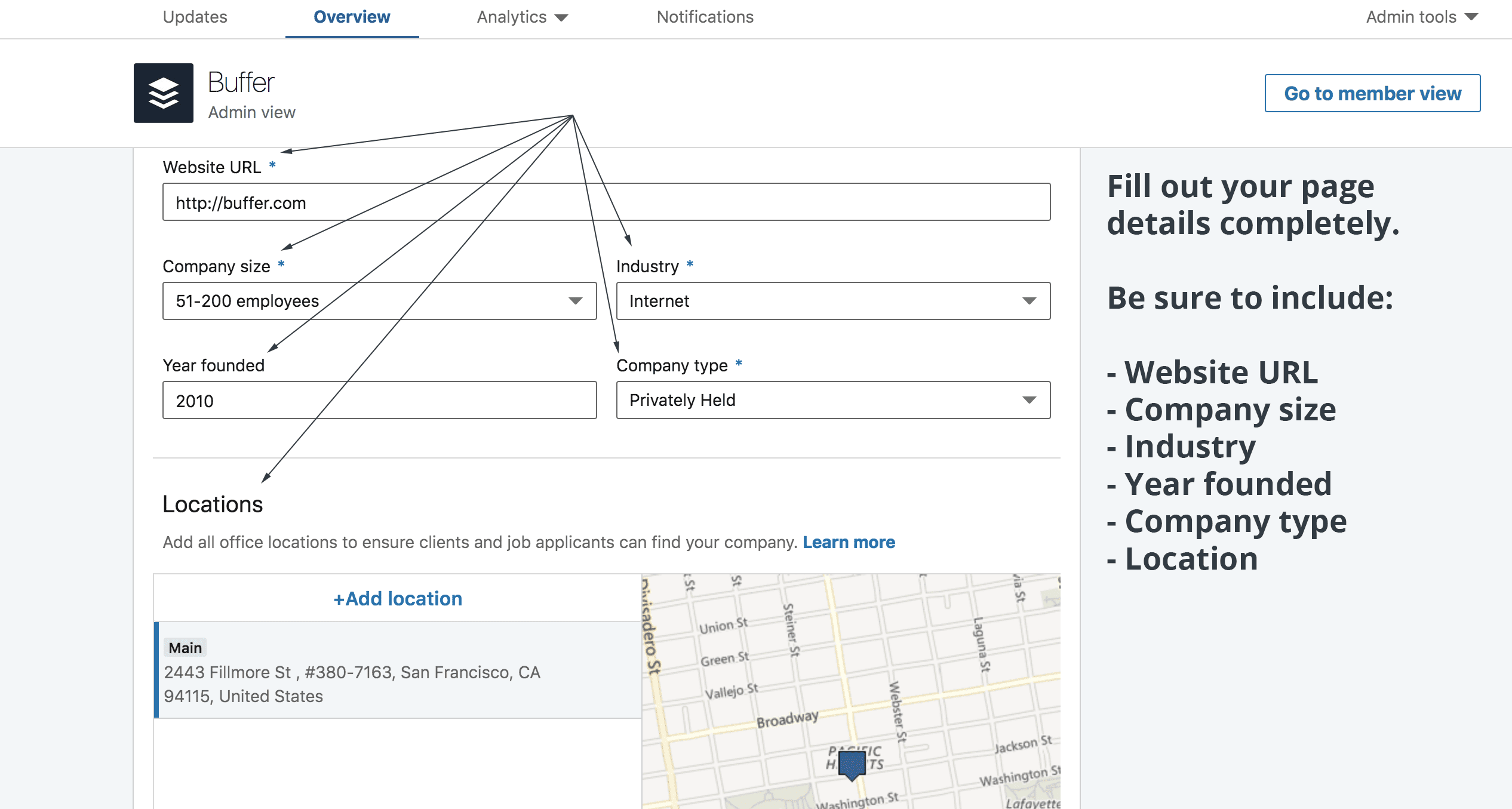
To start, as you might imagine, the network on LinkedIn is extremely important. Whether a brand page or a personal profile you want to make sure that your connections are relevant to the type of content you are posting so that they’re more likely to interact with it.
Hailley: Next, capitalize on the personal story sharing that is doing so well on LinkedIn right now. Focus on being open and writing content that will appeal to your community on LinkedIn and it stands a way higher chance of being seen by people outside of your network.
And finally, as with the other networks, focus on native content. Don’t always link back to your own website. For LinkedIn in particular, they have been really focused on creating a great platform for video and they’re even testing out Stories for college students, so we recommend trying to play around with native images and video on LinkedIn.
Part IV: Inside the Instagram algorithm
Brian: The last social network on our list today is the Instagram algorithm! And we have so many good Instagram episodes from recent weeks so go back and check those out if you’re interested to learn more about Instagram and Stories.
Now, Instagram’s algorithm does have one main similarity to the others and that’s that a post is shown to a smaller group first.
But other than that we have a whole lot of differences! To start, the content category that a user tends to interact with the most by liking, commenting, viewing or sharing will be shown higher in their feed. So genres of content can be things like memes, fitness posts, quotes, pets, etc.
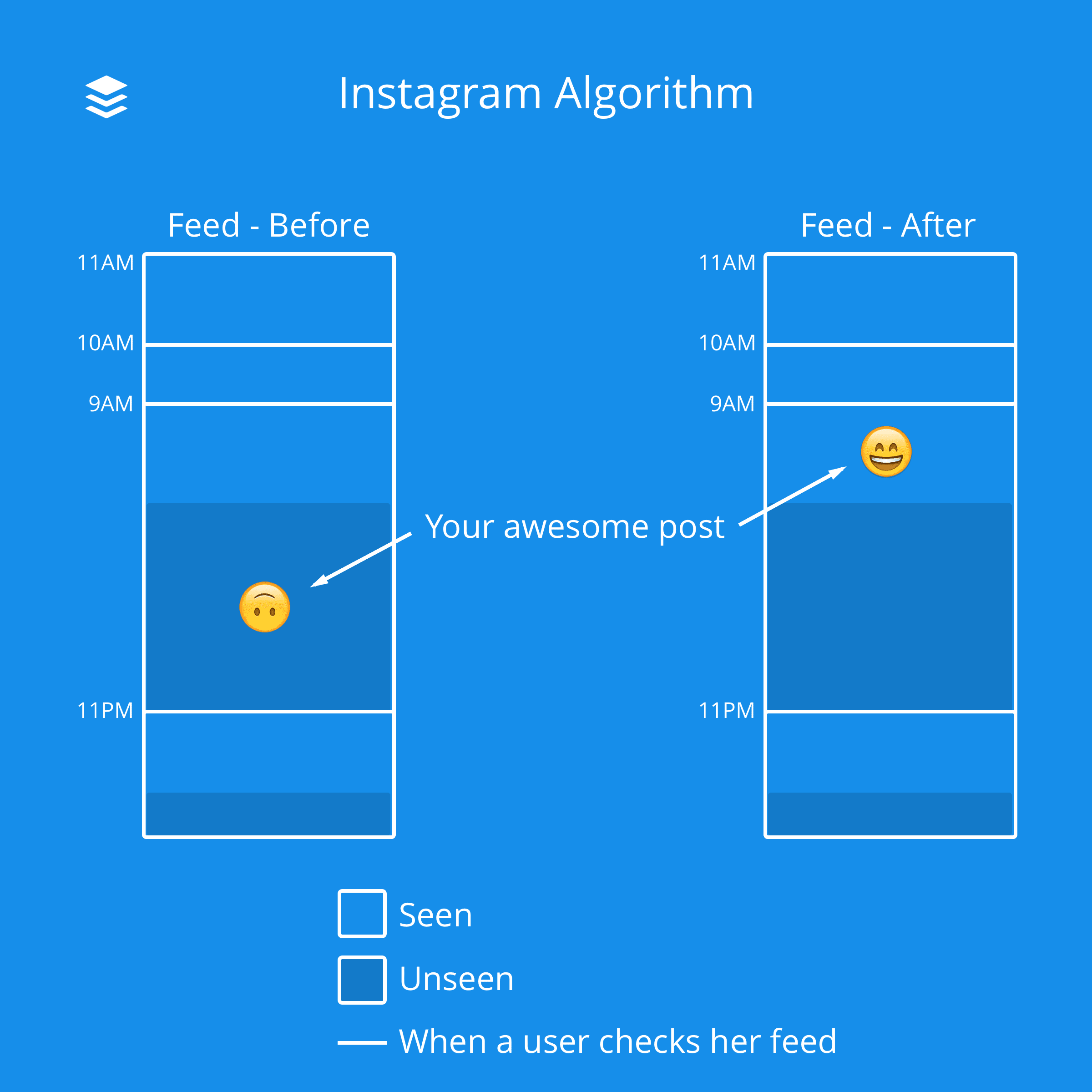
Hailley: One great thing to note is that if you’re working hard on creating great hashtags, that is a part of the algorithm for the Explore pages so more people will find your content that way.
People are also more likely to find your content if you post consistently and what’s neat is that the longer someone spends looking at your content, the more the algorithm likes it.
In fact, the more people engage with your content, the more each of your following posts will be more credible in the eyes of the algorithm.
Brian: Sort of similar to Facebook but if your post is shared via people’s direct messages then that will get your content ranked higher by the algorithm, and finally, if you’re putting in work and engaging with your audience via likes and comments, that will help drive views and engagement to your Instagram profile.
So let’s talk about what to do with all of this. Again, a big thing here is making your content engaging and engaging with others. If you can hold people on your post or profile, it will help your ranking and credibility.
Hailley: Plus, if you can make sure the types of posts you’re engaging with fall into the same content category as your own posts then that will only help drive people who already engage with that kind of content your way.
Last but not least, keep posting consistently and regularly since that does help with the algorithm as well. We do allow you to schedule posts to Instagram right through Buffer so if you’re worried about spending too much time on Instagram trying to post regularly, we’ve got you there.
How to say hello to us
We would all love to say hello to you on social media – especially Twitter!
- Hailley on Twitter and Hailley’s Website
- Brian on Twitter and Brian’s Website
Thanks for listening! Feel free to connect with our team at Buffer on Twitter, Buffer on Facebook, our Podcast homepage, or with the hashtag #bufferpodcast.
Enjoy the show? It’d mean the world to us if you’d be up for giving us a rating and review on iTunes!
—
About The Science of Social Media podcast
The Science of Social Media is your weekly sandbox for social media stories, insights, experimentation, and inspiration. Every Monday (and sometimes more) we share the most cutting-edge social media marketing tactics from brands and influencers in every industry. If you’re a social media team of one, business owner, marketer, or someone simply interested in social media marketing, you’re sure to find something useful in each and every episode. It’s our hope that you’ll join our 18,000+ weekly iTunes listeners and rock your social media channels as a result!
The Science of Social Media is proudly made by the Buffer team. Feel free to get in touch with us for any thoughts, ideas, or feedback.
Try Buffer for free
140,000+ small businesses like yours use Buffer to build their brand on social media every month
Get started nowRelated Articles

Instagram Stories was one of the most dynamic social media channels in 2019. So much happened with Stories — from new developments with the product to strong returns on Stories ads and organic reach. Over 500 million people use Instagram Stories every day. I’m definitely among that group. And at Buffer, Stories has been a major focus in 2019 as well.

Social commerce is one of the hottest trends in social media today, and it looks to have an even bigger impact in 2020. Get all the details here.
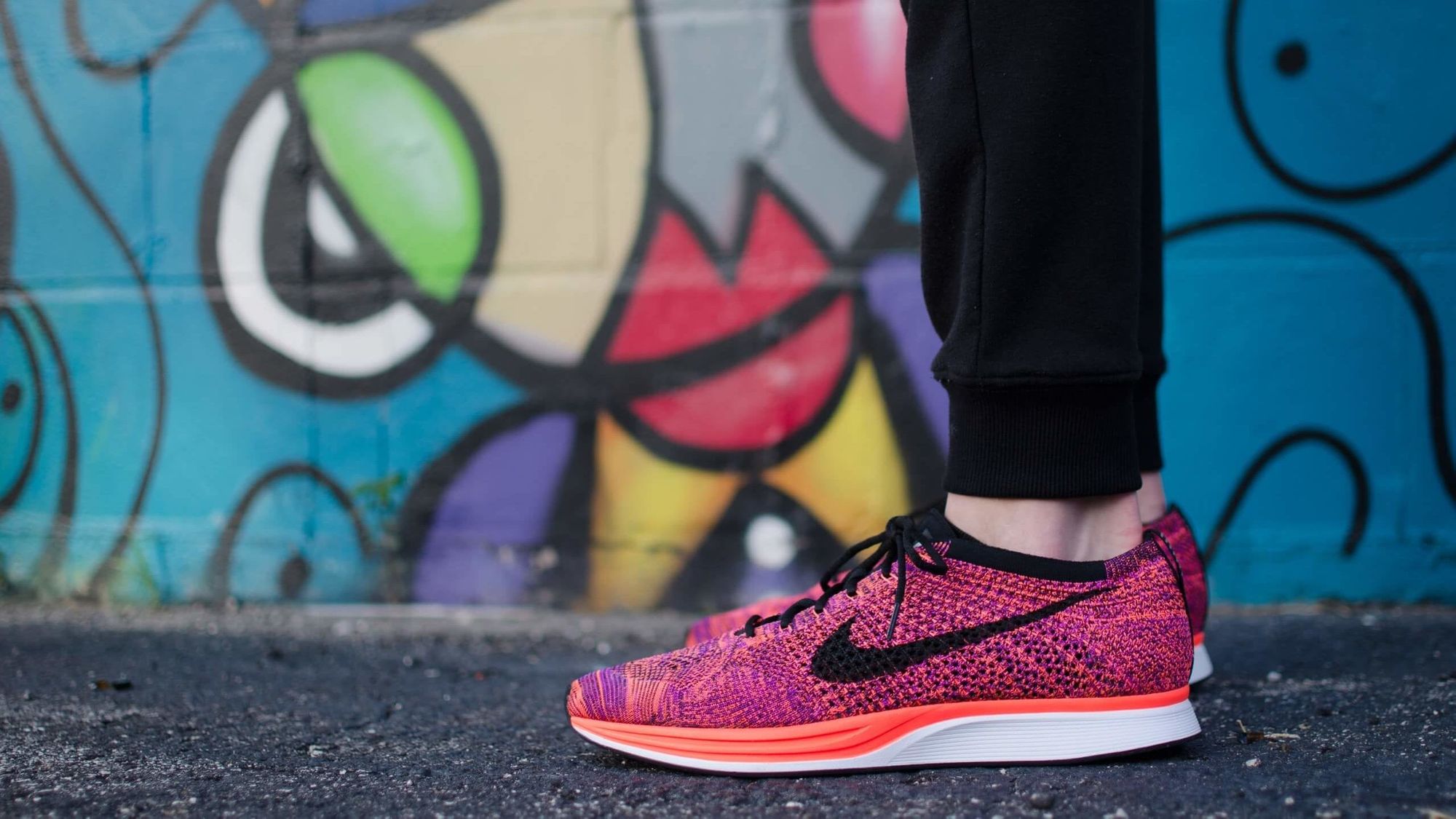
These days, we live in a world of infinite supply… In just a few clicks, anyone can start a business. Anyone can create products, build an online store, publish ads, and reach an audience online. This means that every market is becoming flooded with businesses offering similar products, features, and solutions. So to stand out you need to have a brand that your customers connect with, and care about deeply. In this post, we’ll be sharing some tips and strategies to help you to build your bran